A massive sinkhole that has swallowed more than 5 acres of land in Assumption Parish and contaminated an aquifer has cost the Louisiana Department of Natural Resources more than $2 million for response efforts.
And there’s no estimate of when the emergency response needs will end.
A department spokesman said the state will seek reimbursement for the spending from Texas Brine Co. LLC, which it blames for causing the sinkhole. But there are no assurances the company will cover the costs.
“Texas Brine has received no accounting of those costs, but when we do, we will address that issue in an appropriate manner,” Sonny Cranch, a company spokesman, said Monday.
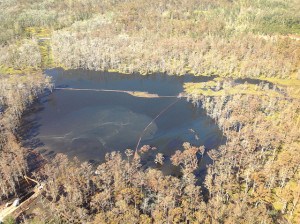
In August, the sinkhole opened up near a community along Bayou Corne, a sparsely populated area of swampland about 40 miles south of Baton Rouge. Residents in the area had reported strange bubbling in their waterways and tremors before the sinkhole emerged. Officials issued a voluntary evacuation order to about 350 people living in the area that remains in effect.
State officials have been testing, monitoring and trying to determine what caused the sinkhole and what threat it poses since August. Patrick Courreges, a spokesman for the Department of Natural Resources, released data showing the agency’s costs have reached about $2.2 million so far.
“DNR is using money from its own response budget to ensure swift action to protect the community; however, we will seek reimbursement from the responsible party and will hold Texas Brine accountable for all costs associated with the problems caused by its failed cavern,” Courreges said in an email.
Much of the department’s spending on the sinkhole, about $1.6 million, has been paid to Baton Rouge-based Shaw Environmental and Infrastructure Inc., for area testing and for overseeing drilling operations to remove gas from the aquifer.
The Shaw contract, which Gov. Bobby Jindal’s administration handled through an emergency procurement process and not through a regular competitive bid structure, started at less than $50,000 in September but has been amended twice and could grow even larger.
Courreges said the natural resources department doesn’t have a timeline for declaring the sinkhole stable or an estimate for what its final response costs might be.
“Those are not yet possible to estimate, because the fact gathering on the extent of the natural gas in the aquifer and the mechanics of the zone of collapse underground is still ongoing,” he said.
The state says data shows the sinkhole is linked to the collapse of a side wall of an underground salt cavern that Houston-based Texas Brine operated. The company extracted brine and piped it to nearby petrochemical facilities.
The company has acknowledged a relationship between the sinkhole, the breached cavern and gas and oil found in both. But the company has suggested geologic tremors in the area may have caused the cavern breach.
Was this article valuable?
Here are more articles you may enjoy.

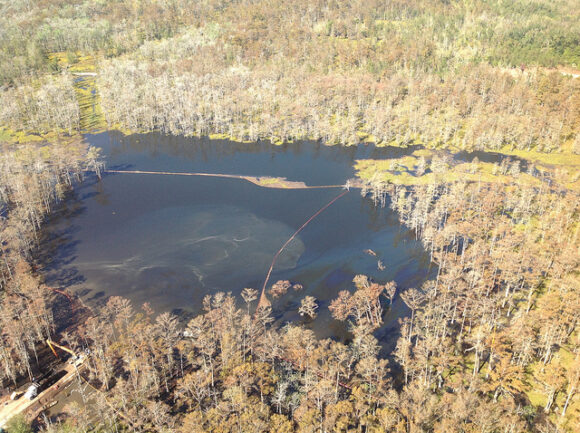
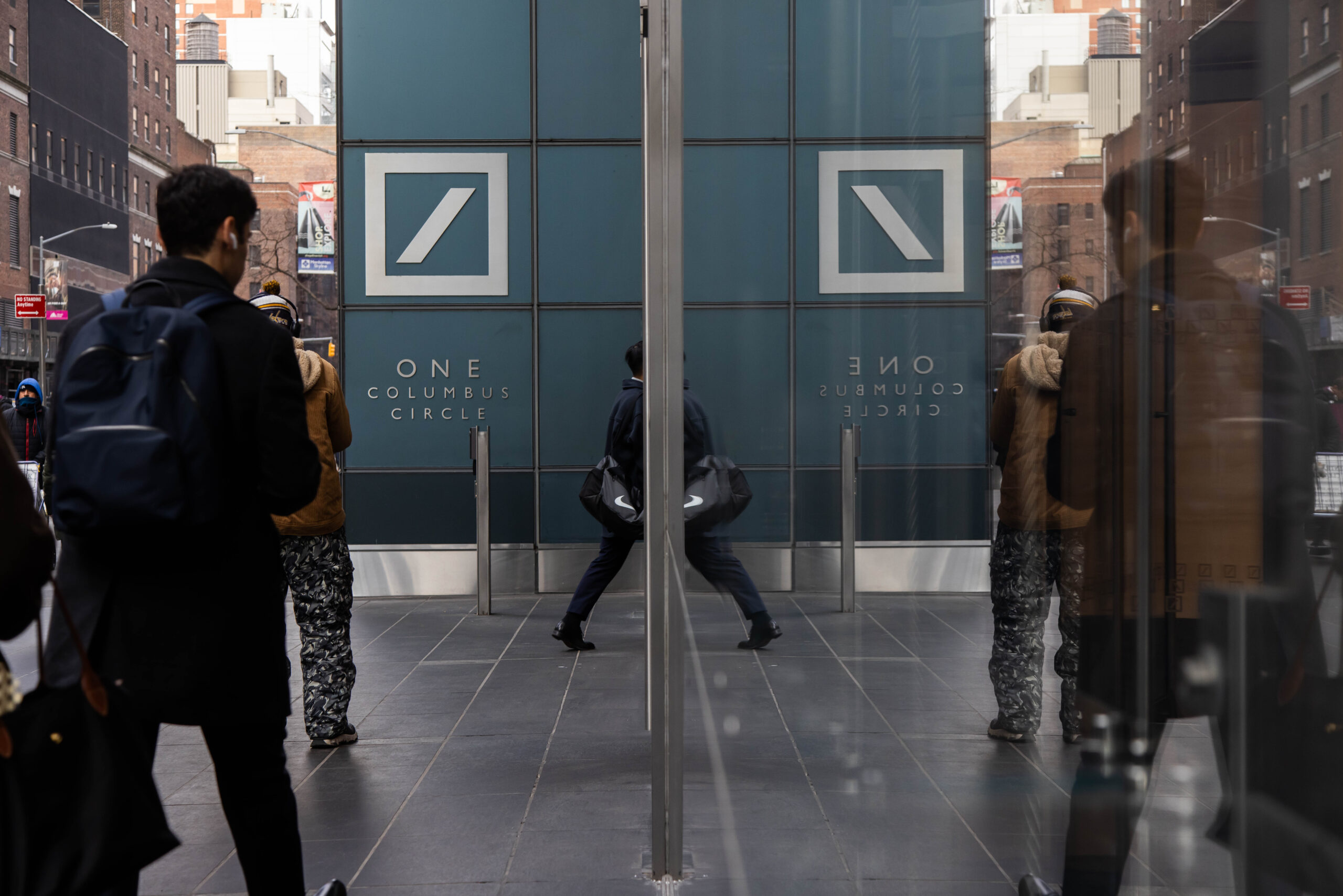 Deutsche Bank, Mudrick Sue Ambac Over $65 Million Transfer
Deutsche Bank, Mudrick Sue Ambac Over $65 Million Transfer 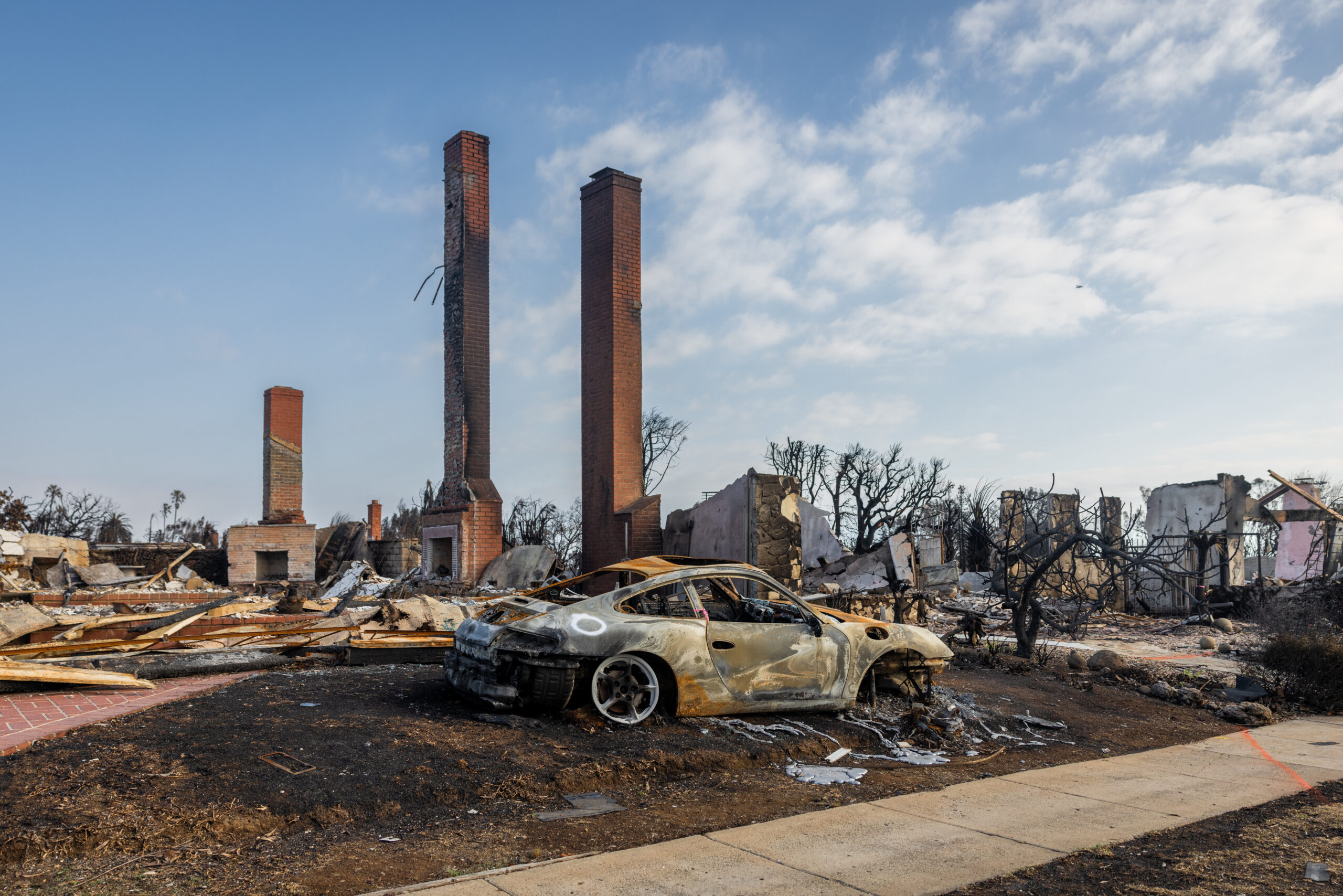 Wall Street Brokers Start Trading Insurer Claims From LA Fires
Wall Street Brokers Start Trading Insurer Claims From LA Fires  Scammers Are Pushing Auto Loan Fraud to Record Levels
Scammers Are Pushing Auto Loan Fraud to Record Levels 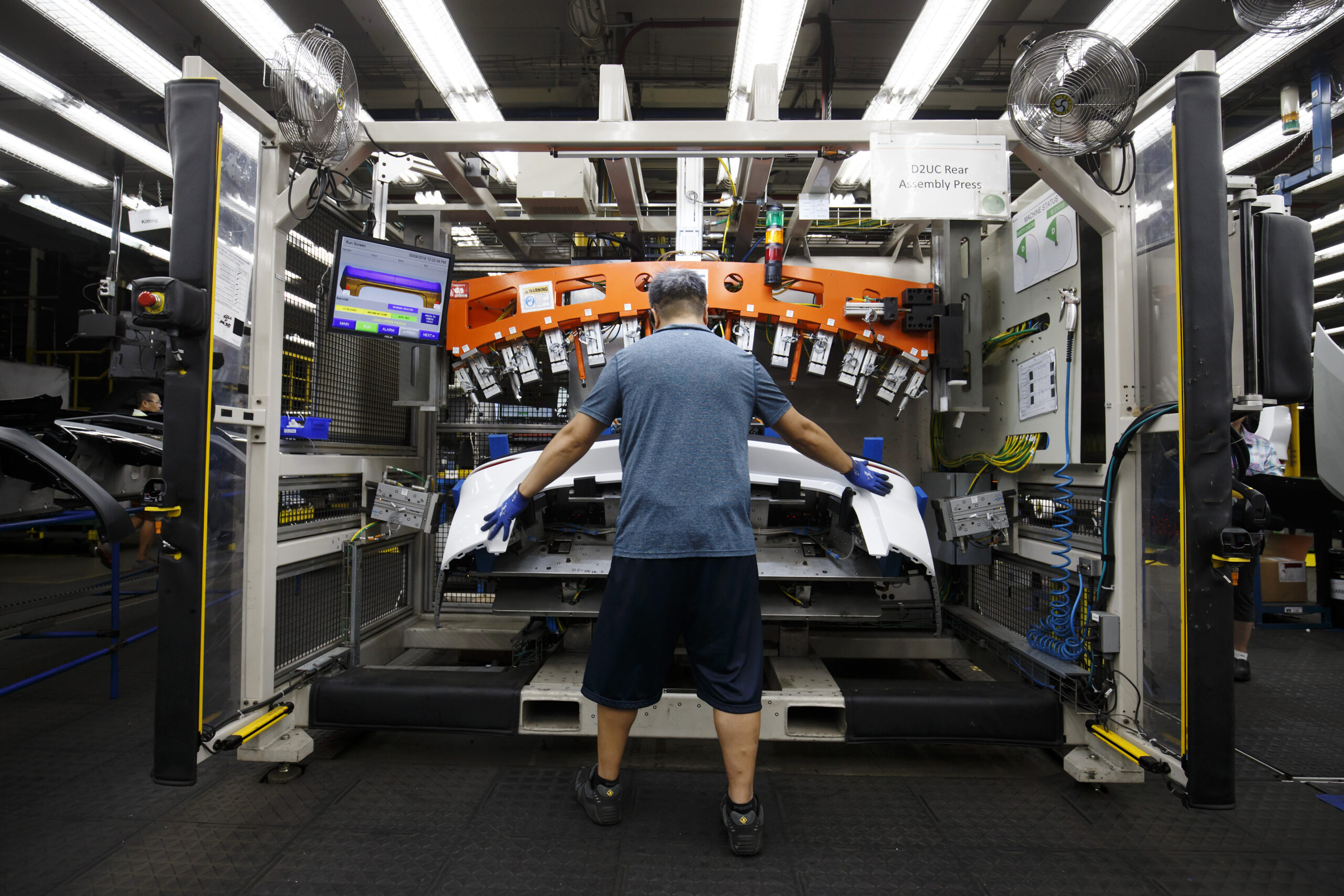 Carney Pledges Billions for Canada Auto Sector in Trade War
Carney Pledges Billions for Canada Auto Sector in Trade War 